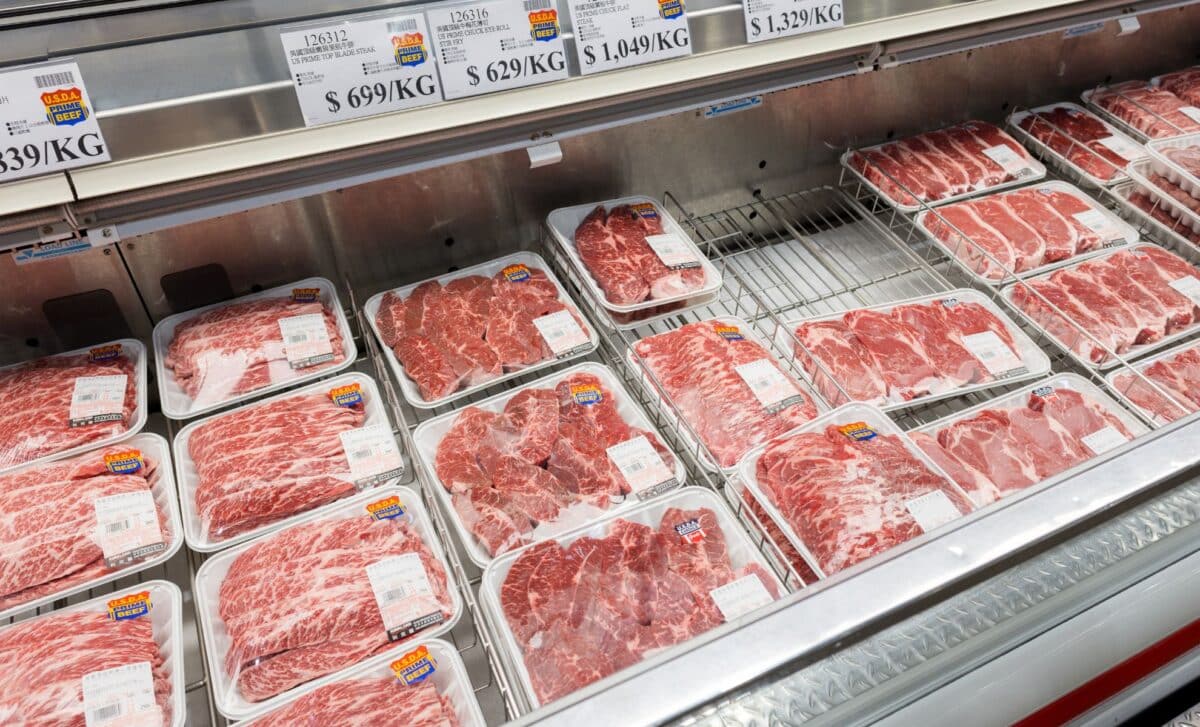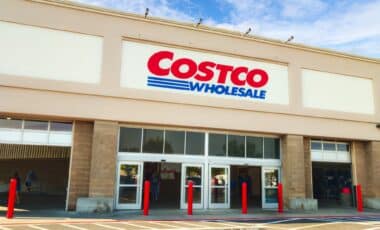Beef prices in the United States have surged to record levels in 2025, hitting consumers with a blow to their wallets. While this spike is partly driven by inflation, it is also tied to environmental factors like droughts, reduced cattle herds, and ongoing supply chain disruptions.
As beef remains one of America’s most popular proteins, these rising costs are raising concerns about long-term food security and consumer spending.
According to the U.S. Bureau of Labor Statistics, the cost of ground beef reached $5.98 per pound in May 2025, the highest recorded price. With beef prices climbing by 49% from April 2020 to April 2025, it’s evident that consumers are feeling the strain. This significant increase is not just a temporary blip but a long-term trend affecting everyday budgets.
Droughts and Reduced Herd Sizes Hit Beef Production
One of the primary factors behind the soaring beef prices is environmental disruption, particularly the ongoing droughts that have affected large swathes of the United States. The National Oceanic and Atmospheric Administration (NOAA) reported that by October 2024, 62% of U.S. cattle were located in drought-stricken areas, severely limiting beef production.
With less feed available for cattle, and the herds themselves shrinking due to adverse weather conditions, the supply of beef has been constrained. As farmers struggle to meet growing demand, the result is higher prices at the grocery store.
This environmental strain has become an ongoing challenge for U.S. agriculture, further exacerbated by fluctuating weather patterns and increased frequency of droughts.
Inflation and Supply Chain Challenges Drive Up Costs
In addition to environmental issues, inflation and disruptions in the supply chain have further compounded the price hikes. The cost of grains used to feed cattle has risen, and logistical challenges in transporting beef and related products have created additional financial pressure on the industry.
Supply chain disruptions caused by both domestic factors and international trade complexities have made it more expensive to move goods across the country. These added transport costs, coupled with higher feed and labour expenses, are inevitably passed on to consumers, making beef a less affordable option for many families.
The impact of these rising beef prices extends beyond just the consumer. As prices climb, the economic pressure mounts on low-income households, who may face difficulties in accessing sufficient protein. With the ongoing challenges in beef production, the price surge reflects deeper issues within the food system, prompting calls for broader reforms.









